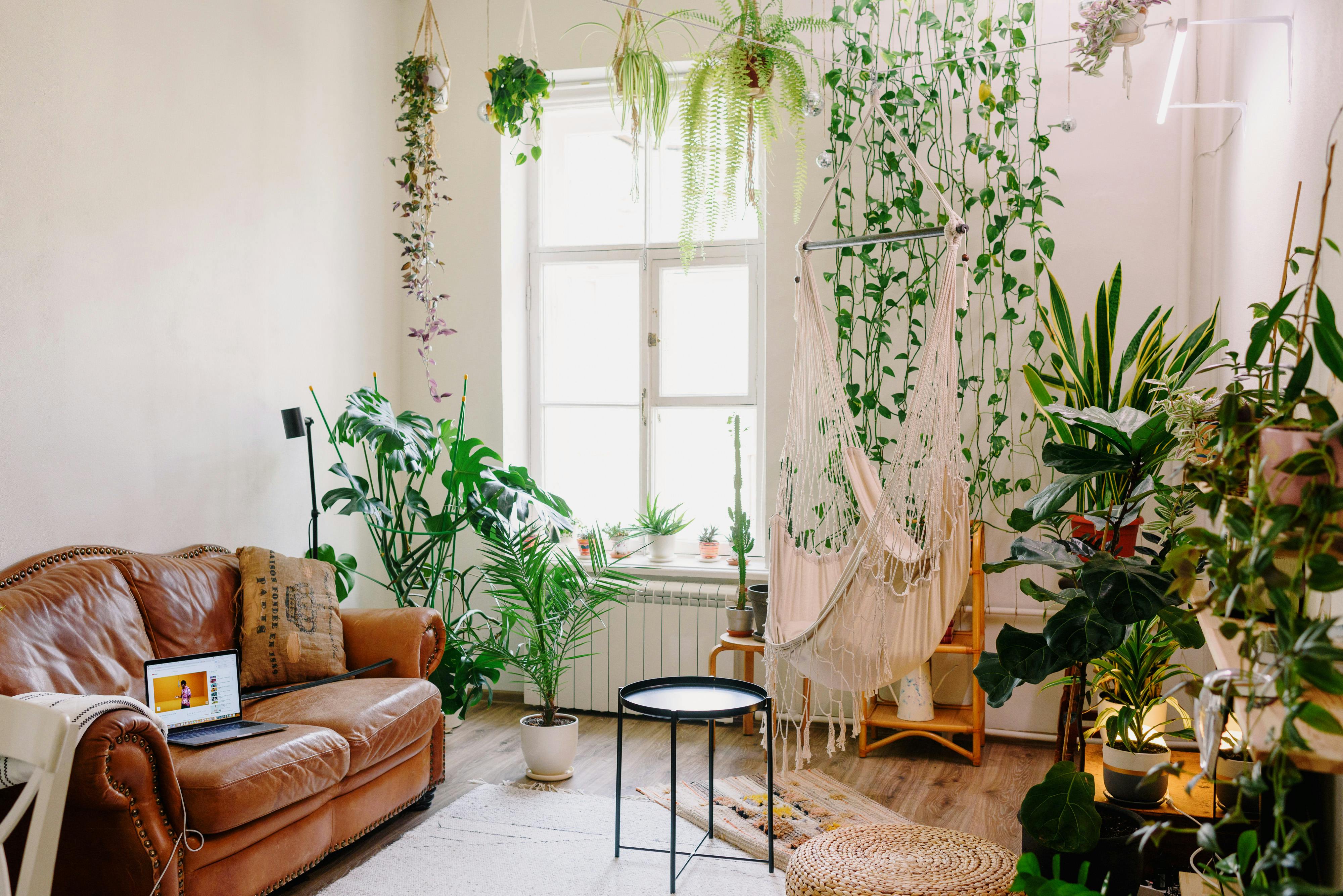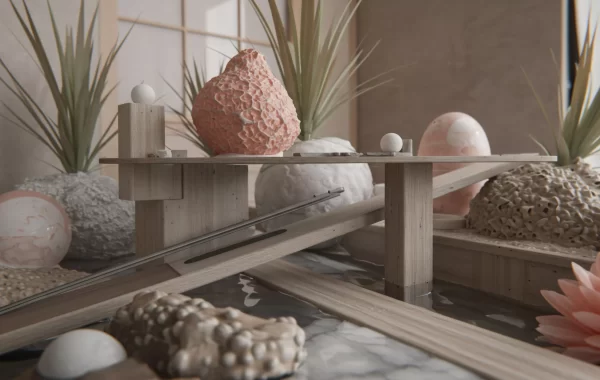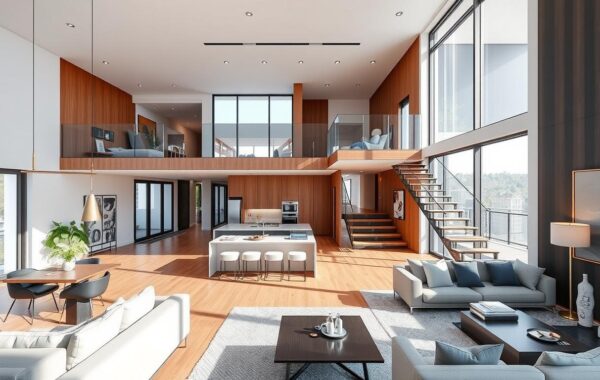In an era of rising temperatures, unpredictable storms, and dwindling resources, interior design can no longer be just about aesthetics or comfort. Today, our homes must not only shelter us—they must also protect the future. Welcome to the concept of the Future-Forgiving Home.
This isn’t science fiction. It’s a design movement rooted in realism, resilience, and responsibility. As a world-class interior designer and forward-thinking creative, I believe we need to move beyond temporary trends and ask bigger questions: What kind of home survives in a changing world? What kind of space adapts, heals, and gives back?
The homes of tomorrow aren’t built to impress—they’re built to endure, to nurture, and to mitigate the damage we’ve already done. Here’s how we design them, starting today.

🌍 1. Design for Resilience, Not Perfection
Traditional design prioritizes “perfection”: pristine finishes, polished surfaces, and immaculate layouts. But climate-resilient design flips the script. The goal isn’t permanence—it’s adaptability.
Future-Forgiving Design Principles:
- Flood-resistant materials like sealed concrete, ceramic tile, and composite decking
- Ventilated furniture systems that allow air flow in humid or hot conditions
- Elevated storage zones in ground-floor areas prone to water intrusion
- Easy-to-maintain surfaces that withstand heat, humidity, and dust
Think less about showrooms and more about real-life durability. The home of the future may face extreme conditions—and still feel like a sanctuary.
🌞 2. Harness Passive Energy, Daily
In a climate-challenged future, energy efficiency isn’t just a bonus—it’s essential. Passive design uses architectural features to reduce energy usage naturally.
Smart Passive Moves:
- Maximize cross-ventilation with aligned windows and open floor plans
- Use thermal mass materials like rammed earth or brick to stabilize interior temperatures
- Install exterior shading devices: pergolas, louvers, overhangs
- Opt for low-E windows and light-colored roofing to reflect heat
The result? A home that uses less electricity, stays cooler in summer, and supports year-round comfort—without depending solely on the grid.
♻️ 3. Choose Materials with Memory
In a future-forgiving home, every material choice counts. Plastic-heavy, chemically treated interiors are not only harmful to the environment—they also degrade quickly and are harder to recycle or repurpose.
Instead, invest in materials that age gracefully, improve indoor air, and leave a lighter footprint.
Designer-Favorite Earth-Conscious Materials:
- Cork: naturally antibacterial, renewable, and beautiful
- Reclaimed wood: rich in character and zero new resource cost
- Bamboo: fast-growing, flexible, and endlessly versatile
- Recycled glass or terrazzo: waste-turned-art
Bonus: these materials aren’t just sustainable—they bring tactile warmth, personality, and storytelling into every room.
💧 4. Water Wisdom: Design for Drought and Deluge
As climate extremes grow, homes must be prepared for both too little and too much water. Smart water design includes conservation, storage, and protection.
Strategies for Water-Conscious Interiors:
- Install low-flow taps, dual-flush toilets, and greywater systems
- Use permeable flooring outdoors to reduce runoff
- Create indoor-outdoor buffer zones like mudrooms or wet entries
- Include indoor plant filtration systems (like biofilters or moss walls)
Where possible, integrate rainwater harvesting or living green roofs to manage and reuse water naturally.
🌿 5. Design with Nature, Not Against It
Nature isn’t the enemy—it’s the solution. Bio-integrated design restores balance between built spaces and living systems. It promotes biodiversity, mental wellness, and environmental regeneration.
Ideas to Embrace:
- Bring in native plant life inside and out to reduce water needs and support local ecology
- Use living walls or indoor gardens to improve air quality
- Design sunlight corridors that connect humans with natural cycles
- Choose finishes like clay plaster or lime wash that “breathe” with humidity
Designing with nature isn’t rustic—it’s radical modernity. It brings beauty and balance.
🧠 6. Emotional Durability: Interiors That Outlast Trends
In a world where resources will become increasingly precious, disposable design is no longer ethical. The future-forgiving home embraces emotional durability—creating interiors that people love, maintain, and hold onto for decades.
Design for Longevity by:
- Prioritizing timeless layouts over fads
- Customizing for real-life habits rather than fantasy aesthetics
- Using modular furniture that can evolve with lifestyle changes
- Choosing repairable pieces over flat-pack throwaways
A future-forgiving interior doesn’t just look timeless—it feels grounded, nurturing, and meaningful enough to last.
🛠 7. Plan for Adaptability and Repair
Flexibility is the ultimate survival skill—and your home should have it too. Climate-challenged homes may need to change functions quickly, accommodate multigenerational living, or support remote work and local food growing.
Future-Forgiving Flex Design:
- Install movable partitions instead of fixed walls
- Choose modular shelving and kitchen systems
- Create multi-use zones: a dining table that doubles as a desk; a guest room that becomes a wellness retreat
- Integrate DIY-friendly hardware and surfaces that are easy to repair, refinish, or reuse
The homes that last aren’t static—they’re designed to evolve with both the environment and the humans inside them.
✨ Final Thought: Design Is Our Climate Legacy
Design alone can’t solve the climate crisis. But design shapes behavior—and behavior shapes impact. When we create homes that honor resilience, adaptation, and regeneration, we don’t just build shelter. We build hope.
The future-forgiving home is not just for surviving—it’s for thriving consciously in a changing world. It’s a daily promise that our comfort will never come at the cost of the planet.
So as designers, homeowners, and global citizens, we must ask: What kind of home does the future deserve?
Let’s design it. Together.


